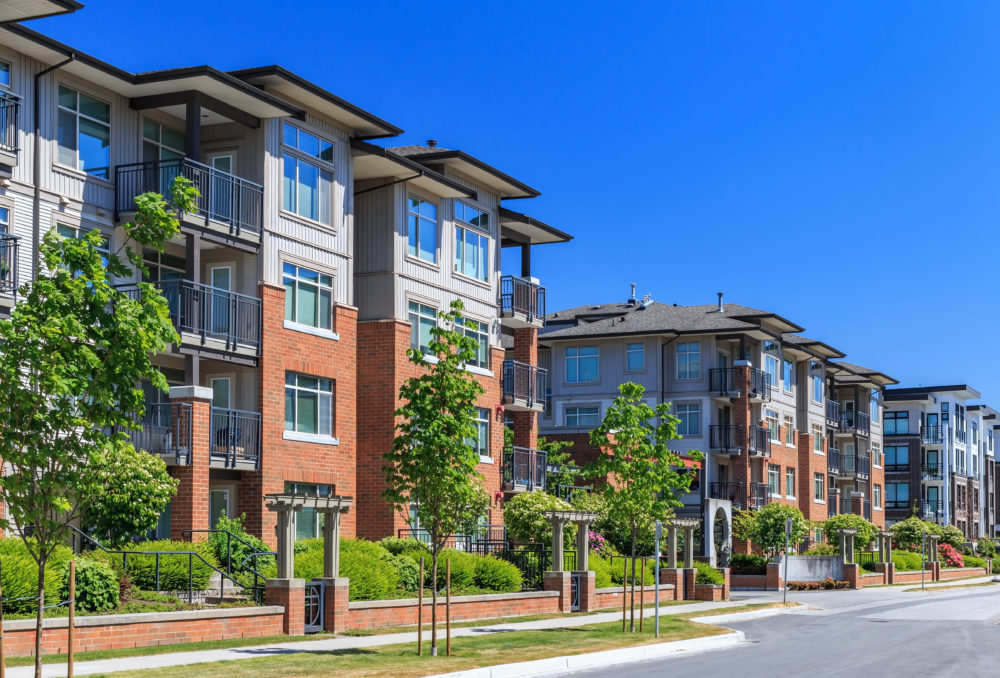AIMI Reports the Multifamily Market is Strong for Investment: 3 Takeaways
According to Freddie Mac’s market index, the multifamily market is still strong for investments. The AIMI, or the Multifamily Apartment Investment Market Index, looks at several factors, including rental income, property prices, and mortgage rates, to provide investors with a holistic and complete view of the landscape.
In Q1 2019, the AIMI rose nearly 2.5 percent, thanks to falling mortgage interest rates, and the NOI, or net operating income, continued to rise steadily. These lower mortgage rates, which dropped to 4.2 percent in Q1 2019 from 4.4 percent in Q4 2018, played a large role in the uptick of the AIMI, according to Vice President of Freddie Mac’s Multifamily Research and MOdeling, Steve Guggenmos.
“As we think about going forward, if the mortgage rate continues coming down and both rents and property prices go up, I think the most recent reads we get on the market are not signaling any change in direction for the market, which has been strong for a long time,” Guggenmos reported to Multi-Housing News. “We continue to think that rents are going to grow and grow faster than inflation and that is a driver of strength in the multifamily market that supports investment.”
Given the strength of the sector, it’s no surprise that multifamily is popular among investors and developers — and multifamily property prices continue to grow, even though interest rates have risen slightly.
Here are 3 takeaways on multifamily housing trends for 2019.
The national economy is helping to drive the multifamily housing demand
Jobs created in 2018 helped drive the unemployment rate among adults 20 to 34 down to 4.5 percent, the lowest it’s been in nearly 50 years. And while the unemployment rate may not come as a surprise, this might — approximately two-thirds of this age group live in rental housing, and their position in the strong job market is helping to keep the demand for apartments and multifamily housing high.
Rent is growing year over year
Yardi Matrix reports that multifamily rent growth remains at 3.6 percent year over year — and shows no signs of slowing down. In fact, the year over year rent growth in February 2019 was the highest in the United States since 2016 and has been increasing steadily since Fall 2017, also adding to the strength of the multifamily sector. Rising rent signifies underlying strong fundamentals in the space.
Vacancy rates remain low
The NAA, or the National Apartment Association, recently reported the net absorption in Q1 2019 at 37,159 units, more than 11 percent above the total number of completions for the quarter of 33,276 units. And, by the end of 2019, the NAA estimates that as many as 336,400 new apartment homes may come to the market. Combined with the rise in rent prices, as more and more units are added to the market, new absorption should help keep the average vacancy rates of the top US metro areas around 5 percent.


